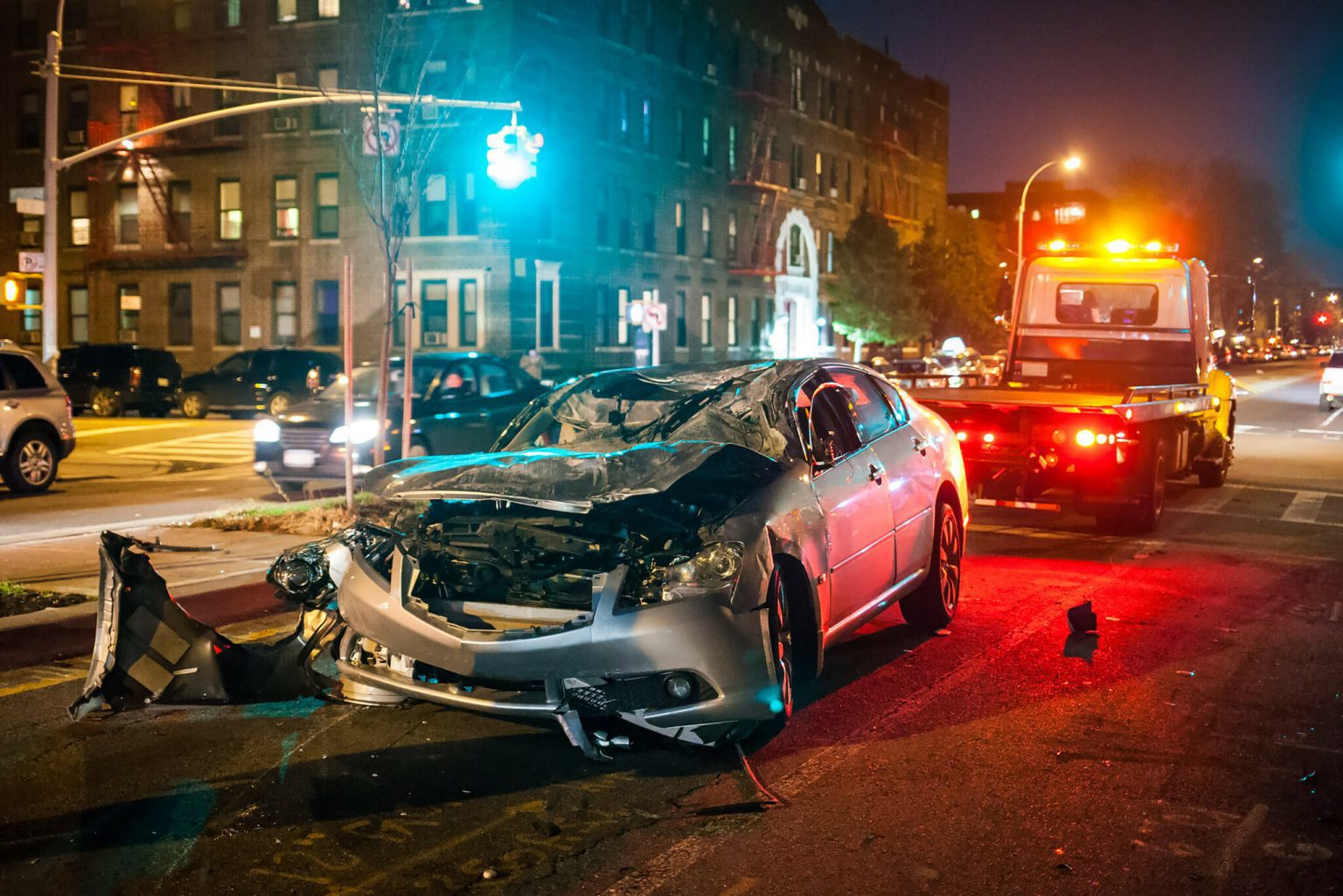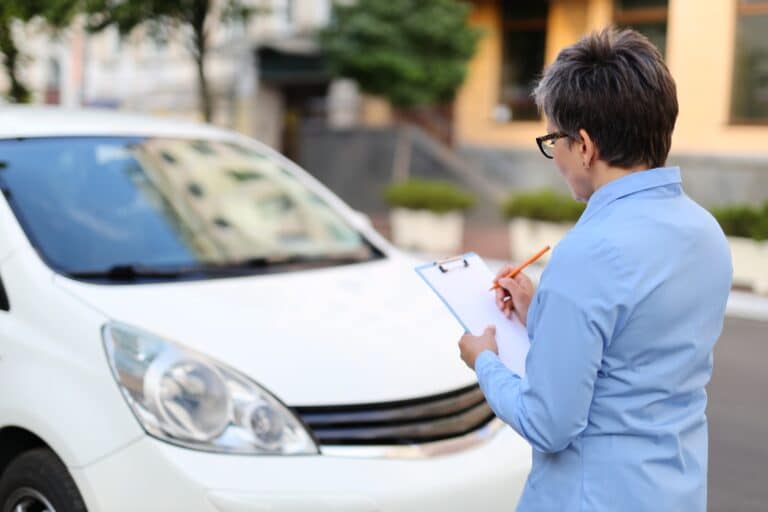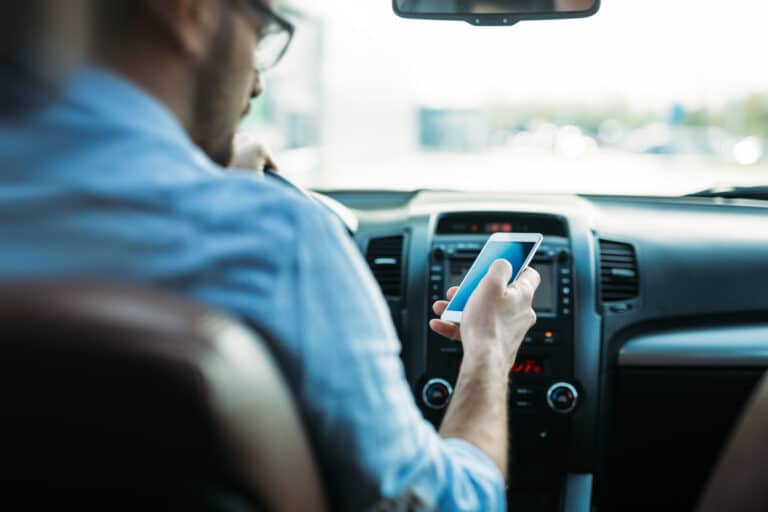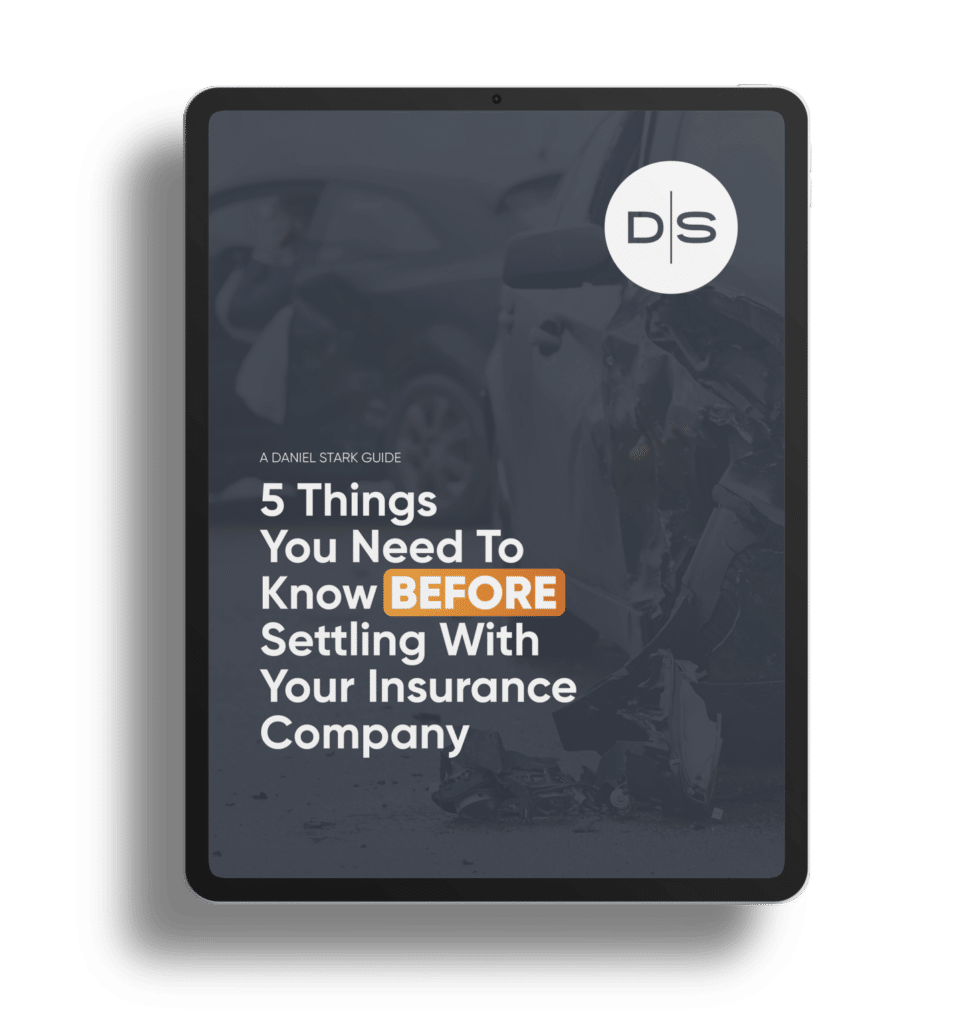Whether you’re involved in a fender bender or a catastrophic wreck, the moments after a crash are critical. You may be injured. Your adrenaline is pumping. Your mind is racing. You’re trying to figure out what happened. It can feel like complete chaos.
People often leave the scene of a wreck wishing they had done something differently or gotten more information. So, what should you do after a wreck?
Here are 5 things you should do on the scene of your crash.
1 – Prioritize safety
Safety should be your top priority. After a crash, check yourself for injuries first. If you’re able to, check on your passengers and people in other vehicles as well.
As soon as you’re able, call 911. It’s important that you do your best to stay calm and listen to the 911 operator’s advice. They’ll guide you through the situation until paramedics arrive.
Most of the time vehicles are stuck in the roadway after a crash. This puts you at increased risk of another injury. If possible, get everyone out of the road and to a safe location until first responders arrive.
2 – Get a crash report
Even if you did not sustain critical injuries, we always recommend calling the police after a crash. This will ensure that an officer can investigate and prepare a crash report.
Crash reports document key facts that will be important in your insurance claim, including: the parties and vehicles involved, insurance information, the location of the wreck, who was at fault, and any contributing factors like bad weather or road conditions. With your adrenaline flowing after a crash, it can be difficult to remember all this information, so having an officer fill out a crash report can be incredibly helpful.
If the police don’t show up to the scene of your wreck, go to the nearest police station and fill out a report yourself if you’re able. It’s important that a report is written as soon as possible after the crash.
Crash reports are generally available within a 10 days of a wreck. You can get your crash report online through the Crash Records Information System. If you’d like to know more about how to get your crash report, we’ve created a guide to help you.

3 – Exchange information with the other driver
Once everyone is safe, take the time to exchange information with all drivers involved. You should take down their name, address, telephone number, driver’s license number, and insurance information – including the policy number. If you’re able, take a photo of their driver’s license and insurance information for accuracy.
Even if the police are on the scene filling out a crash report, we recommend that you go ahead and get this information yourself if you’re able. Sometimes crash reports are delayed, leaving you without the information you need for your insurance claim.
4 – Identify any witnesses
Oftentimes people that witness a crash will stop to make sure that everyone is okay. If you’re able, get their name and phone number and ask them to write down or text you what they saw.
It’s not unusual for people to misremember the facts after a wreck. Sometimes even trained officers are unable to determine who was at fault. Having a statement from a witness can be incredibly helpful in being certain you’ve got the facts straight.
5 – Take pictures
Last, but not least, take pictures of the scene. Lots of pictures!
Take photos from as many different angles and locations as you can. There really is no such thing as “too many pictures” here. The more information that you can capture, the better.
Here are some things you’ll want to capture:
- All vehicles involved, including damage and license plates
- Wide angles that show the entire scene and the position of every vehicle
- Road conditions (if they contributed to the crash)
Remember – safety first. If the vehicles are stuck in the road, don’t risk your safety for photographs. Wait for first responders to arrive and ask them to help you safely take photos of the scene.
While we hope you never need these tips, if you’re involved in a crash, these 5 steps could be crucial to making sure that you’re not taken advantage of by an insurance company.
While we hope you never need one, having a game plan for what to do at a crash scene may help relieve a little stress.




